Researchers have figured out a way to map the human genome in three dimensions, using enzymes to calculate a gene’s distance from a cell’s nucleus.
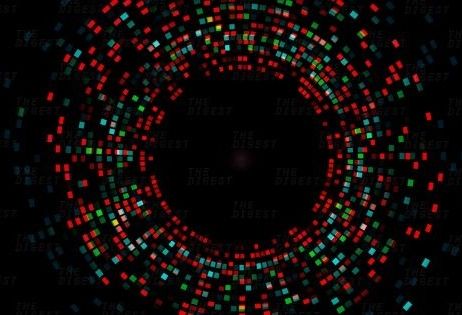

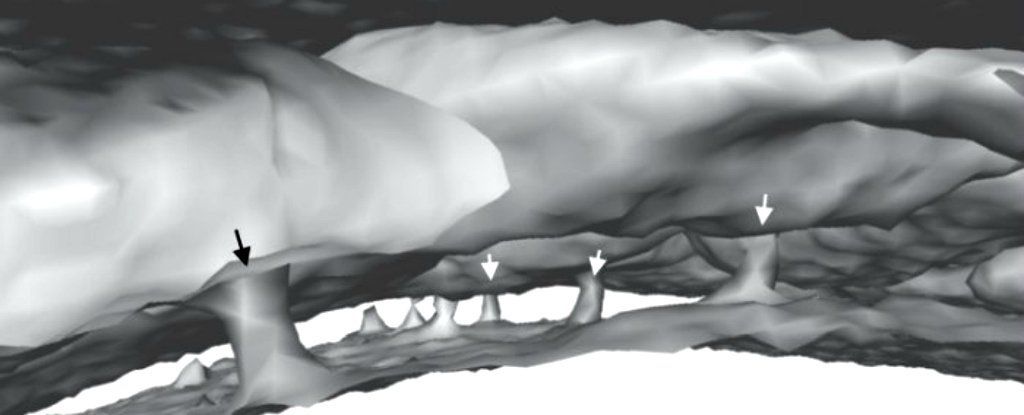
Did you know you have tiny tunnels in your head? That’s OK, no one else did either until recently! But that’s exactly what a team of medical researchers have just found in mice and humans — tiny channels that connect skull bone marrow to the lining of the brain.
The research shows they may provide a direct route for immune cells to rush from the marrow into the brain in the event of damage.
Previously, scientists had thought immune cells were transported via the bloodstream from other parts of the body to deal with brain inflammation following a stroke, injury, or brain disorder.

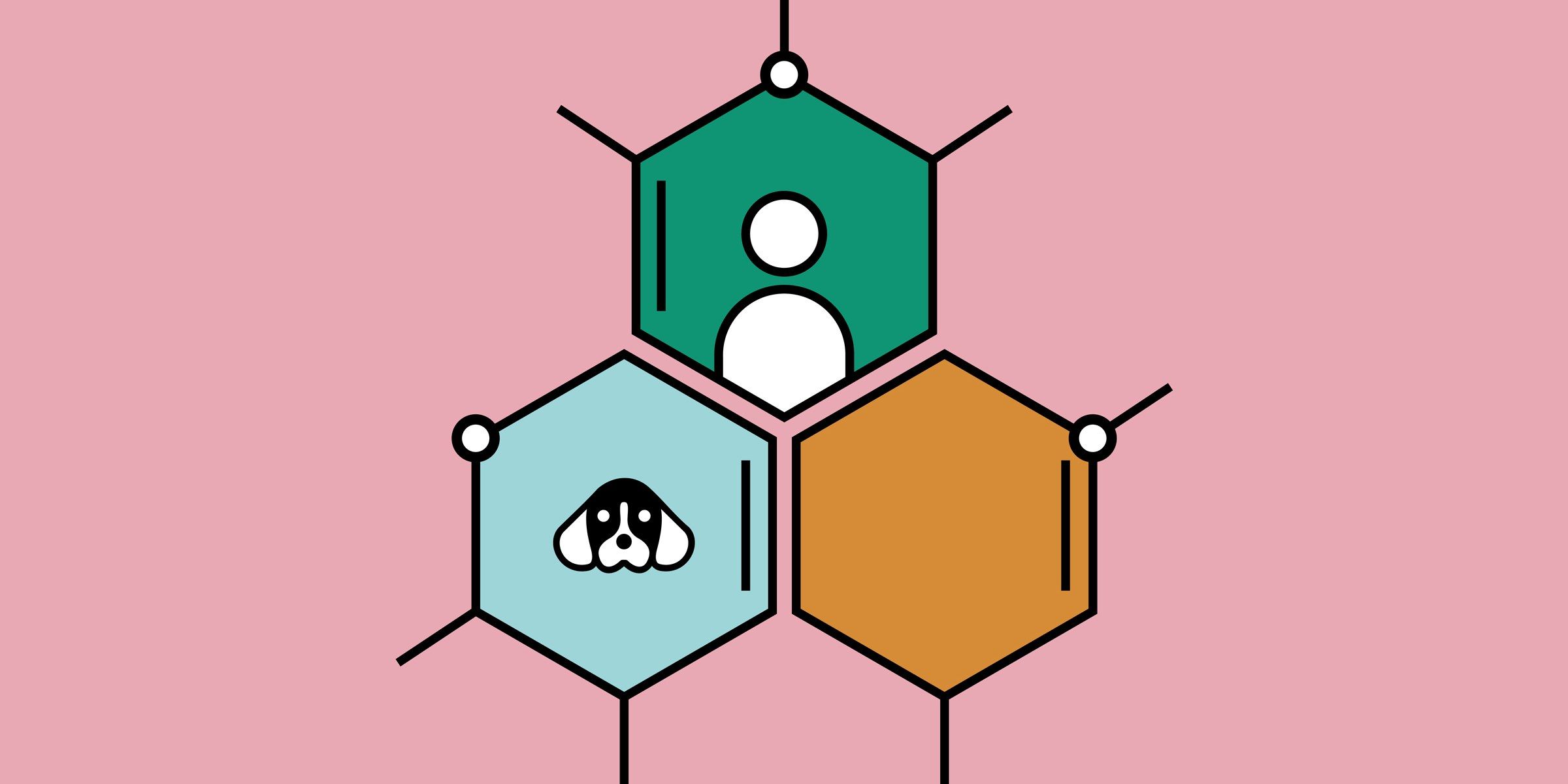


Like getting it on? NICE! But, um, still protect yourself. Times are tough, and the CDC is warning people about the increasing rates of STDs. Oh, also gonorrhea is starting to become more resistant to antibiotics. Have fun, but take care!

Citi has produced another of its Disruptive Innovations publications, which takes a look at what it considers to be the top ten disruptive technologies. It is a sign of the changing times that anti-aging medicines are number 2 in its list.
1. All-Solid-State Batteries 2. Anti-Aging Medicines 3. Autonomous Vehicle Networks 4. Big Data & Healthcare 5. Dynamic Spectrum Access 6. eSports 7. 5G Technology 8. Floating Offshore Wind Farms 9. Real Estate Market Disruptors 10. Smart Voice-Activated Assistants.
What was considered fringe science a decade ago is now rapidly becoming a mainstream industry. Our understanding of aging has advanced quickly in the last 10 years, and the tools and innovations seem to come more quickly with each passing year. A variety of therapies that target different aging processes are in development, and some are at fairly advanced stages; if you are interested in their progress, check out the Rejuvenation Roadmap.

Speedy, affordable water tests that can be used in on location and even run continuously will help scientists identify disease-causing bacteria in under an hour and potentially reduce the spread of common illnesses such as diarrhoea, which kills an estimated 842,000 people every year.
Hundreds of millions of samples are tested each year to detect harmful bacteria in drinking and environmental water, food and beverages, but tests can take days or, in some cases, even weeks to provide definitive results. By then, many people may have fallen ill from diseases caused by bacteria such as E. coli or legionella.
Shrinking the laboratory to the size of a home printer – and bringing down test times to an hour or less – could help to stop outbreaks in their tracks and keep people safe.
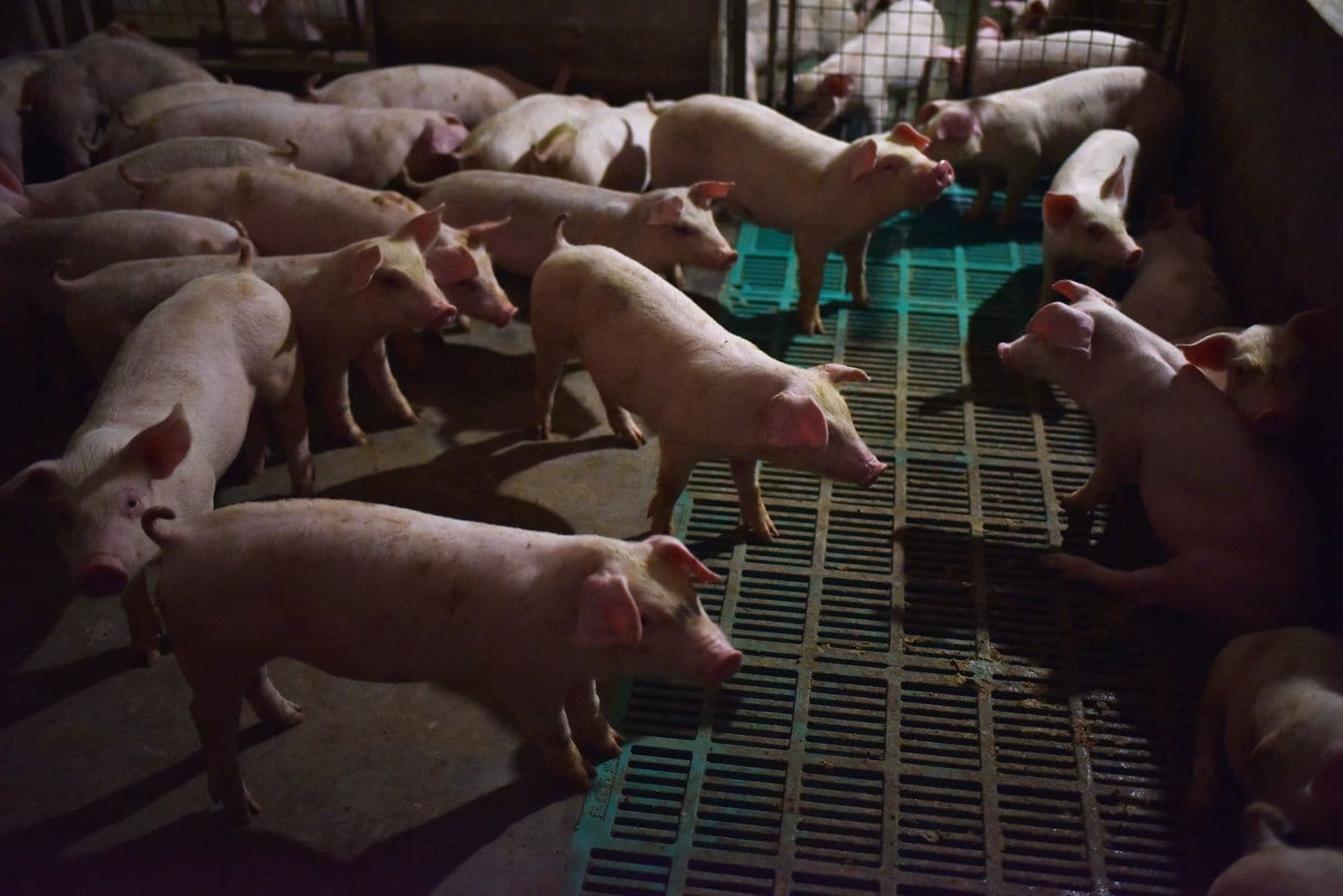
BEIJING — Chinese officials are scrambling to stop a deadly African swine fever outbreak with the potential to ravage the country’s pig population.
Since early August, the virus — which does not threaten humans — has spread to four provinces and has been detected in areas about 750 miles apart. The budding epidemic could endanger the livelihoods of hundreds of thousands of hog farmers and jeopardize China’s enormous pork industry.
China has about 700 million pigs, half the world’s pig population. Pork is the country’s primary protein source.
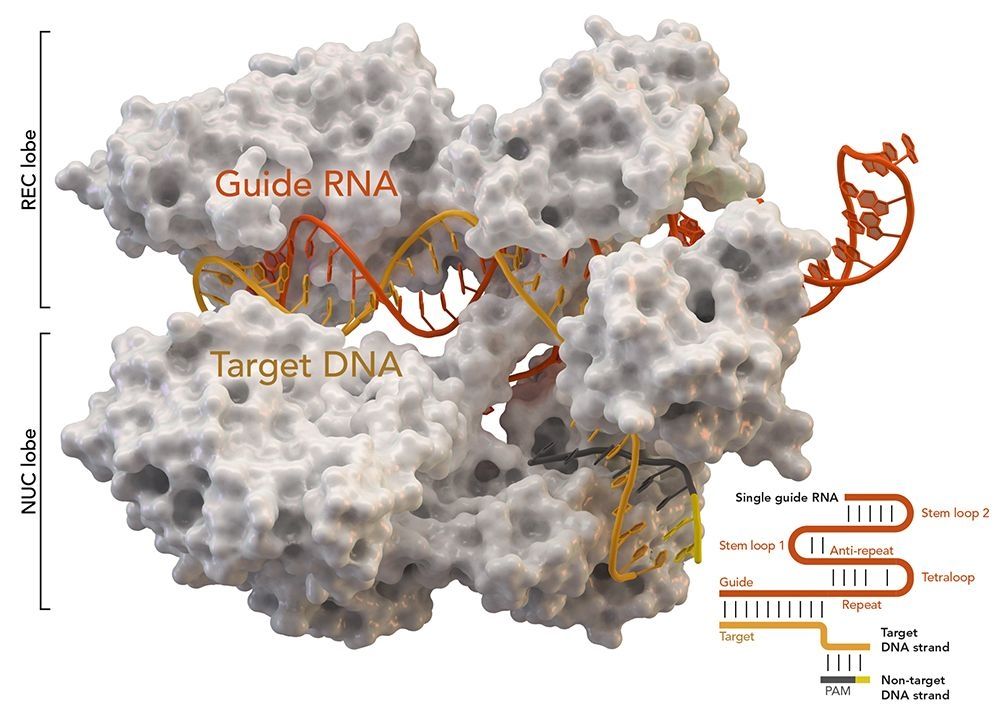
A team of researchers in China has used a form of the CRISPR gene editing technique to repair a genetic defect in a viable human embryo. In their paper published in the journal Molecular Therapy, the group describes their work and how well it worked.
Only three years ago, CRISPR was first used on a human embryo. In that work, a Chinese team attempted to use the technique to repair a genetic fault. Though the work made headlines around the world, it had a low success rate—just four out of 54 embryos that survived the technique carried the repaired genes. Since that time, a new variation of CRISPR has been developed—it is called base editing, and works in a more efficient way. Instead of snipping DNA strands and replacing removed bits with desired traits, the new method does nothing more than swap DNA letters—trading out an A for a G, for example. In this new effort, the researchers used this new method to correct a gene mutation that results in humans having a condition called Marfan syndrome, in which people have an A instead of a G in the FBN1 gene. It is a disorder that causes problems with connective tissue, leading to a myriad of problems for those born with it.
The new research is unique in that the scientists used viable embryos created using in vitro fertilization. The team could have implanted these viable gene-edited embryos into a woman’s uterus, had they chosen to do so.